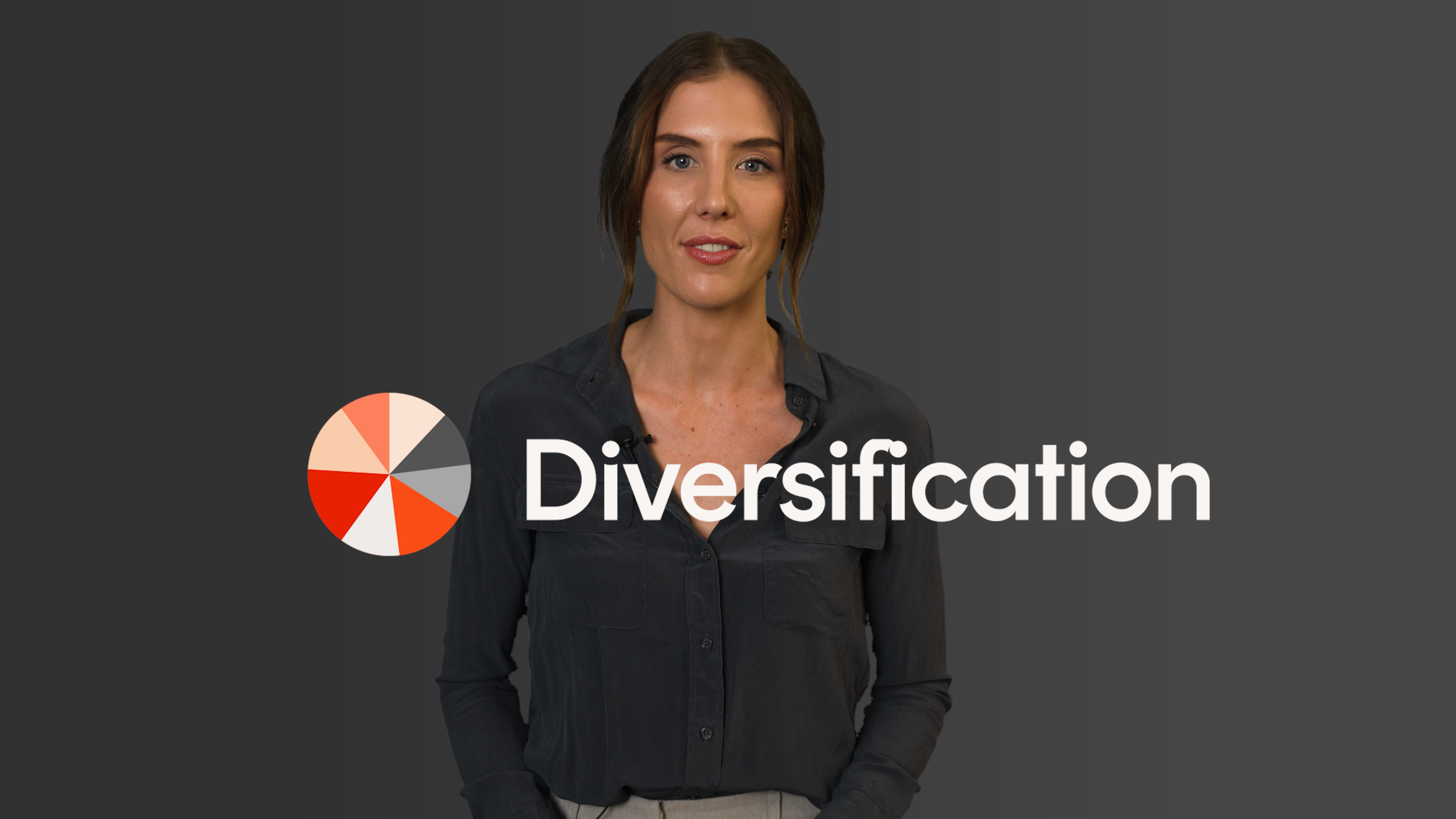Want to read it later?
Send this lesson to your inbox
Lesson 5 transcript
When choosing an ETF, it is helpful to first think about your personal circumstances, including your objectives, time horizon and risk tolerance. To help with this, ask yourself the following questions:
- What are you hoping to achieve by investing?
- How comfortable you are with risk?
- Are you investing for long-term growth, income or a combination of the two?
Consider the asset class
Next, pick your asset class based on your investment strategy.
If you are seeking growth, there are ETFs offering exposure to assets like Australian shares or international shares. If you’re seeking income, there are fixed income ETFs or ETFs that invest in high-yielding equities.
If ethics or sustainability are important to you, there are ethical ETFs that consider these. You might also consider a diversified ETF which takes care of asset allocation for you.
Whatever your investment goals, ETFs can help.
Understand the fund and the index which the ETF aims to track
Once you’ve narrowed those things down and have found two or three ETFs that might be appropriate, it’s important to look under the hood to better understand each fund and the index it aims to track.
For example, two ETFs may have similar names and be focused on the same sector, but could have completely different holdings and risk profiles if the indexes they track are constructed differently.
It’s important to see what the fund owns, how the holdings are weighted and how diversified the portfolio is.
Some key considerations:
- What is the fund’s investment objective?
- Is it a passive or actively managed strategy?
- If the ETF aims to track an index, what is the index methodology? That is, does it invest in each holding based on market capitalisation, split everything equally, or take some other approach?
- What are the risks associated with the fund?
It’s also helpful to consider whether you want broad exposure, or if you’re looking for exposure to a certain market segment. You should consider the countries, regions or sectors an ETF offers exposure to and check the concentration of the ETF’s holdings with regard to these factors.
For example, because the ASX 200 index is weighted according to the size of the companies that make up the index, any ETF that aims to track this index will be heavily weighted towards the financials and resources sectors – concentrations that may not suit all investors.
Fortunately, there are hundreds of ETFs available with exposure to different kinds of investments to help you achieve your unique investment objectives.
Look out for ETF overlap to ensure diversification
As we’ve mentioned before, diversifying your portfolio can be helpful in balancing some of the risks involved in investing.
That’s why it’s important to be mindful of ETF overlap, which occurs when you’re invested in too many similar ETFs.
For example, if you invest in an ETF that tracks the tech-heavy Nasdaq index, and you also hold another ETF that has a focus on companies in the tech sector, you may find that you own some of the same stocks several times over – affecting your portfolio’s overall diversification.
To avoid this, compare the top holdings, sectors and country or regional exposure of the ETFs you are considering.
Understand the fees and costs
It’s important to think about the management fees and other costs involved in purchasing, maintaining and selling your holdings in an ETF.
As we’ll discuss in a later lesson, fees and costs can eat into your overall investment
Check the product disclosure statement before you invest
Finally, make sure you read the product disclosure statement (PDS) of a fund before investing.
A PDS has heaps of important information about an ETF – from the index, sector or asset it aims to track, to the fees and costs involved, and the risks of investing.







